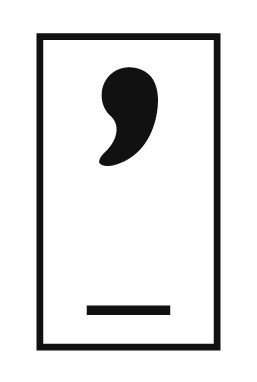The Space
Brand: Healthcare
A blank space for healing
Every once in a while a project comes through the door that connects with every single person in the studio. The space was one of those projects for us.
Originally named "The Divergent Space", Dr Helen Gowling and Dr Becky Hull introduced the company's purpose to give a place for neuro-divergent people a place to go when they started to feel overwhelmed, needed someone to talk to or simply wanting to get away.
Dr Gowling and Hull's statement had us chomping at the bit from the very first meeting:
Dr Gowling and Hull's statement had us chomping at the bit from the very first meeting:
"Being neurodivergent ourselves, we have become increasingly frustrated with the deficit-based model of neurodevelopmental conditions and this has been what has sparked our passion for working from a neurodiversity affirmative standpoint."
The space offer a range of services from 1 to 1 therapy sessions, diagnostic assessments and other services tailored specifically to an individuals need.
So where did we begin?
Well that's easy. For starters I could wrap my head around the name: The Divergent Space.
Whilst it was clear to me that the original name was derived from the term "Neuro-divergent", the word divergent in isolation never really sat well with me.
With Dr Gowling and Hull looking for the brand to be more affirming, I couldn't shake the feeling of the term divergent from having much more negative connotations than positive.
Well that's easy. For starters I could wrap my head around the name: The Divergent Space.
Whilst it was clear to me that the original name was derived from the term "Neuro-divergent", the word divergent in isolation never really sat well with me.
With Dr Gowling and Hull looking for the brand to be more affirming, I couldn't shake the feeling of the term divergent from having much more negative connotations than positive.
I kept thinking about my older brother. He's a 30 year old man who was diagnosed with Autism and Dyspraxia at an early age. All my life I’ve known of my brother's condition, I was familiar with his state of mind, how he processes information and how his view on the world comes from a uniquely interesting perspective.
Whilst I've known of certain terminology used throughout the years, from "being neuro-divergent" to "being on the spectrum". I've never heard my brother refer to himself simply as "a divergent". He wouldn't like it... In fact, he would hate it. He would feel isolated by this turn of phrase, it would do far more damage than good.
Then, once I got confirmation of this from the man himself,
the answer was simple: Get rid of it!
The Space had a much nicer ring to it in my mind, and it opened up
a world of opportunities, in fact it was looking at us right in the face.
The messaging system fell right into our laps!
a world of opportunities, in fact it was looking at us right in the face.
The messaging system fell right into our laps!
It's the space to be you, the space to be calm, the space to rant,
the space to do whatever you needed to do. You could ask questions, clear your thoughts, learn about yourself or simply
just chat to someone.
the space to do whatever you needed to do. You could ask questions, clear your thoughts, learn about yourself or simply
just chat to someone.
It just felt right. It felt like a place that my brother needs as an adult.
A place that he had when he was growing up.
A place that he had when he was growing up.
You see this type of thing existed for him during his childhood, a place called: The Read Centre, in Bury (a small town in England where we grew up).
There, children on the spectrum, along with their siblings (whether they were on the spectrum or not) could meet, socialise and gain a better understanding on neuro-diversity, from a wider variety of people.
There, children on the spectrum, along with their siblings (whether they were on the spectrum or not) could meet, socialise and gain a better understanding on neuro-diversity, from a wider variety of people.
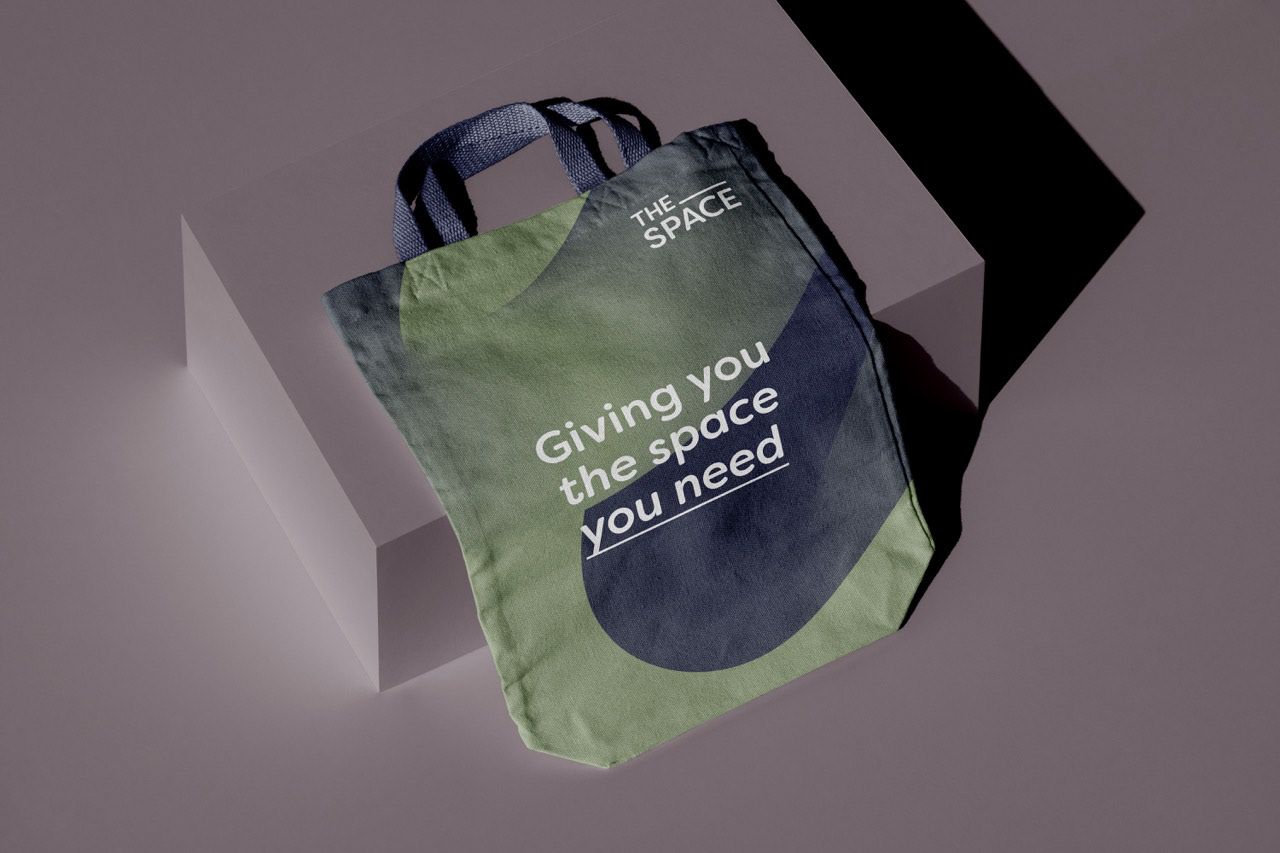
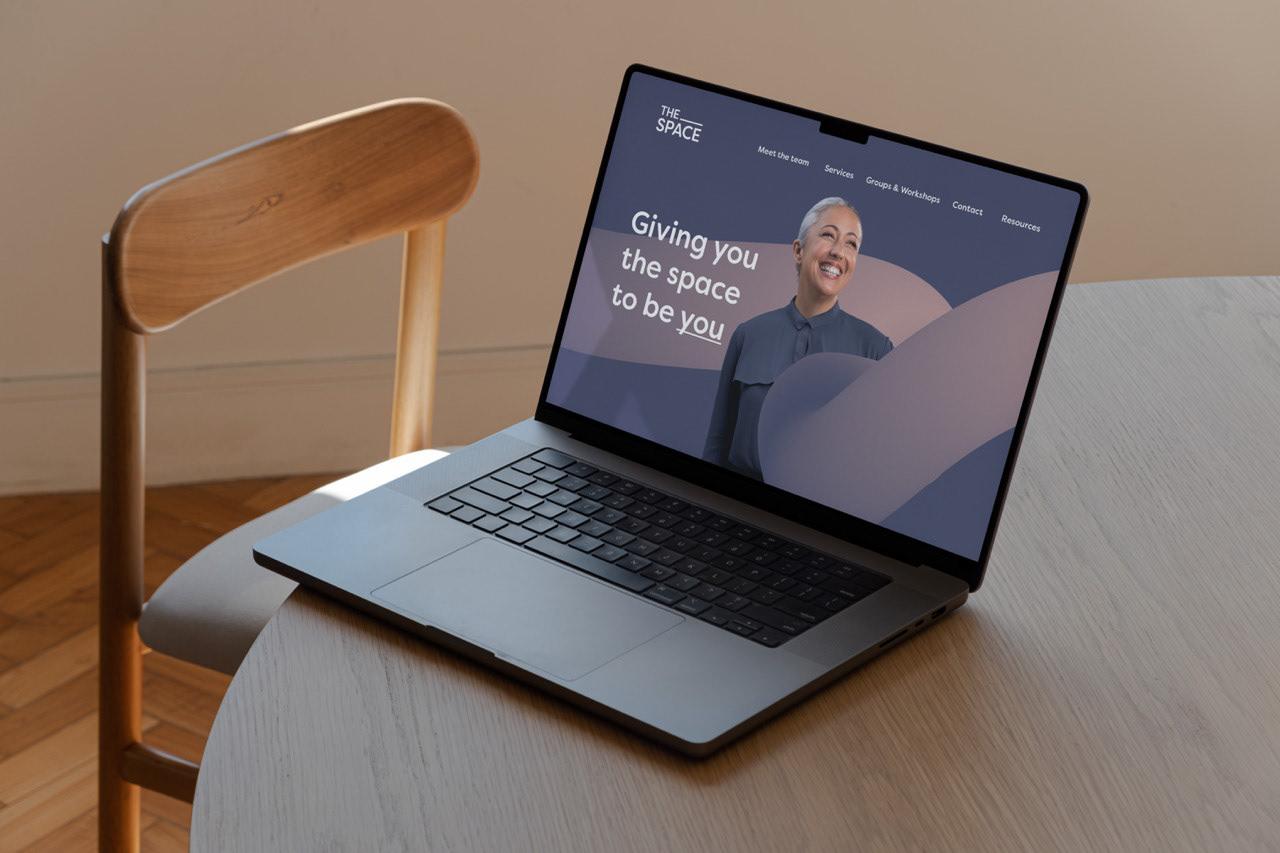
I was incredibly blessed to be able to visit a place like this with my brother.
As a neuro-typical myself, I was exposed to the realities of living with neuro-diversity, teaching me incredibly valuable lessons about the needs of others and how they differ to my own.
Many of those lessons helped to shape this very brand.
Many of those lessons helped to shape this very brand.
The first of these lessons came from my mum. She always knew that I understood information better if I was given a visual aid.
Going back to the identity, and the problem we now had was -
Well what are we going to do with this gap between The and Space
now that we've removed the word divergent!
Easy! We keep it... Actually we highlight it!
Well what are we going to do with this gap between The and Space
now that we've removed the word divergent!
Easy! We keep it... Actually we highlight it!
My mums words echoed in my mind at that moment. She had taught me about the thinking process of the autistic mind and she explained it to me like this:
"Imagine yourself, running from point one to point two.
"Imagine yourself, running from point one to point two.
This is exactly how you process information. You're told about something, you think on it, and it is saved in your mind as something important...
Now your brother doesn't think in that way...
He gets told to run from point one to point two, same as you,
but his path isn't as simple as yours. His path has gaps.
but his path isn't as simple as yours. His path has gaps.
He has to jump over those gaps to get to the finish line, but before he gets to the finish line, he feels obliged to go back after each jump, and fill in that blank space"
And so you may get to the finish line first, but he will always have to work harder than you to meet you there".
Thus, the underscore was born.
A gap, meant to be filled in, exactly how it needs to be filled in by the individual.
And so you may get to the finish line first, but he will always have to work harder than you to meet you there".
Thus, the underscore was born.
A gap, meant to be filled in, exactly how it needs to be filled in by the individual.


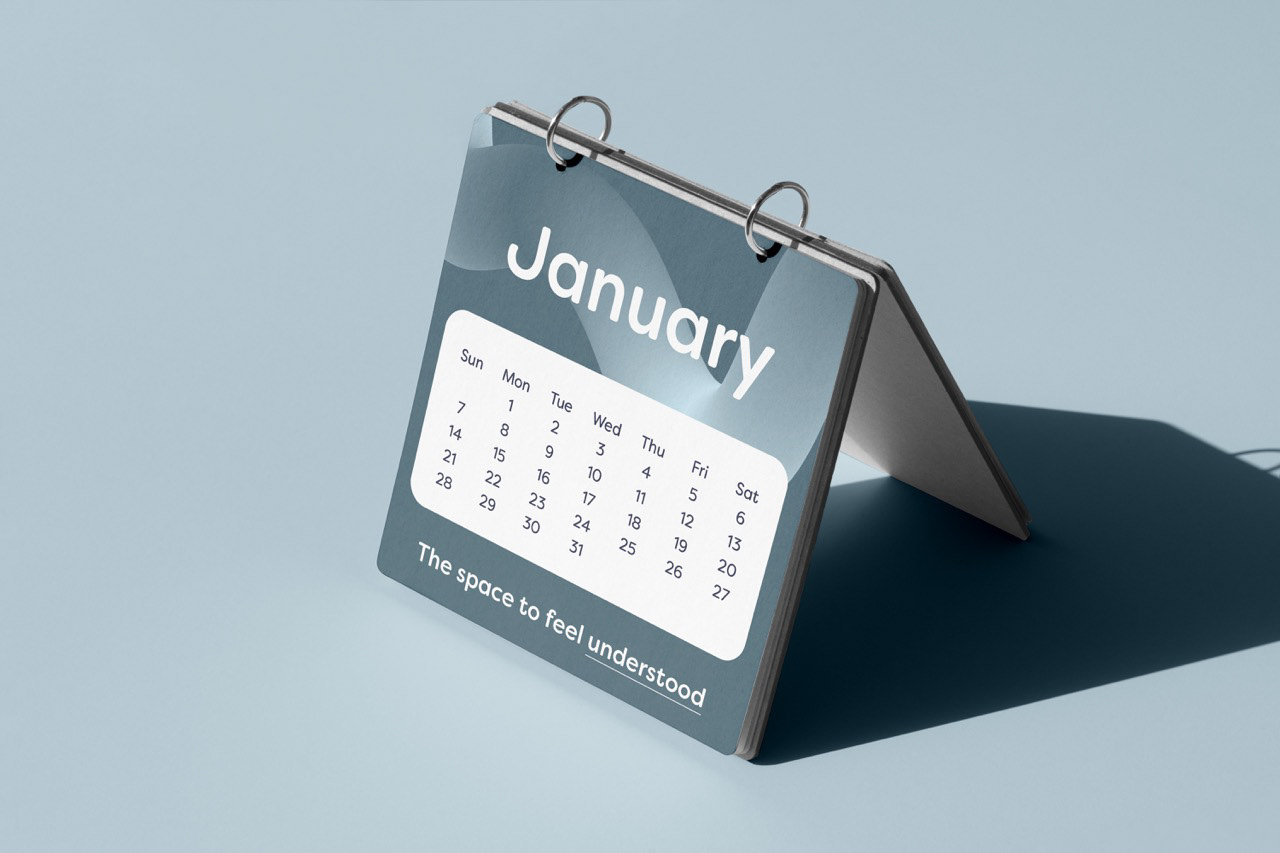
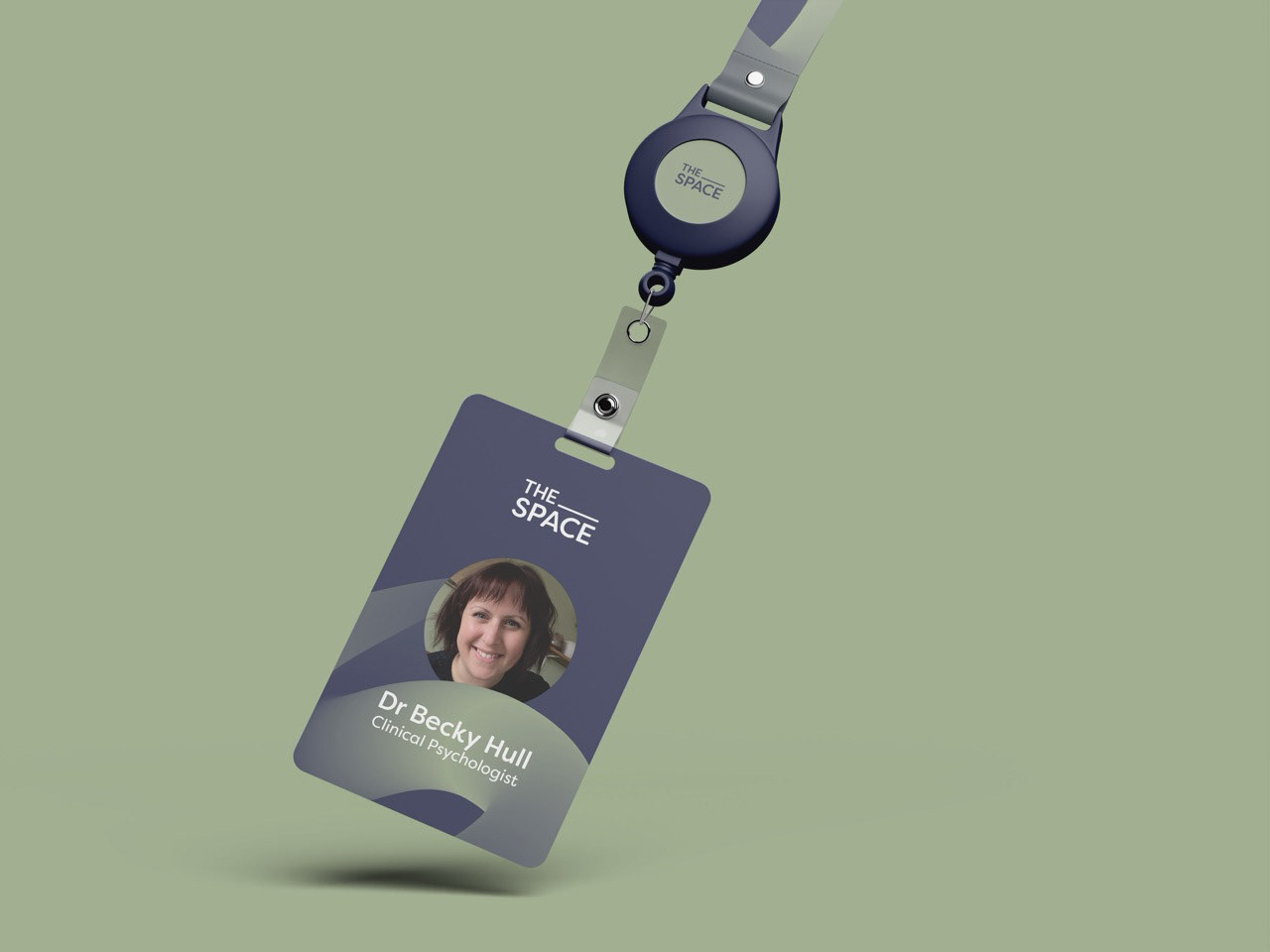
The visual language followed more of the lessons I've learnt from being
around neuro-diversity.
One thing I picked up on and analysed over the years, whether it be from my brother, friends or the neuro-divergent people my dad cares for as a support worker was a clear desire for two things that entirely juxtapose one another.
Structure and fluidity.
around neuro-diversity.
One thing I picked up on and analysed over the years, whether it be from my brother, friends or the neuro-divergent people my dad cares for as a support worker was a clear desire for two things that entirely juxtapose one another.
Structure and fluidity.
Now it isn't lost on me that these two things are polar opposites, but it is the truth.
The desire for structure can come from a variety of different places,
and it differs from person to person but if we're talking about my brother, it comes from mitigating the element of surprise.
Being taken away from a task or diverted from plans made for the day can be an incredibly distressing task for many.
As a result I wanted to create structure in the visual language to create a sense of familiarity and recognition.
The desire for structure can come from a variety of different places,
and it differs from person to person but if we're talking about my brother, it comes from mitigating the element of surprise.
Being taken away from a task or diverted from plans made for the day can be an incredibly distressing task for many.
As a result I wanted to create structure in the visual language to create a sense of familiarity and recognition.
We did this using strict grids for our typography, softened by the choice of a rounded, highly legible typeface.
Fluidity on the other hand is desired to be the calming presence during
a tense situation. Often, during my brothers youth this came in the
form of a sensory room. Filled with ambient lighting, calming smells,
and objects created to fidget with to occupy the mind.
a tense situation. Often, during my brothers youth this came in the
form of a sensory room. Filled with ambient lighting, calming smells,
and objects created to fidget with to occupy the mind.
Even as adults, people still need this calming presence in their lives.
The one thing in the sensory room at The Read Centre that both myself and my brother connected with, was this MASSIVE lava lamp.
The way that it moved, so slow and unpredictable would occupy the different minds of both of us growing up. We still both have a love for lava lamps because of this.
The one thing in the sensory room at The Read Centre that both myself and my brother connected with, was this MASSIVE lava lamp.
The way that it moved, so slow and unpredictable would occupy the different minds of both of us growing up. We still both have a love for lava lamps because of this.
This feeling, these movements and shapes inspired, what we in the studio refer to as: The Worm.
A key component of the visual language that acts as the sensory
slow down to pair with the rigidity of the type. Working in harmony,
to create harmony.
A key component of the visual language that acts as the sensory
slow down to pair with the rigidity of the type. Working in harmony,
to create harmony.
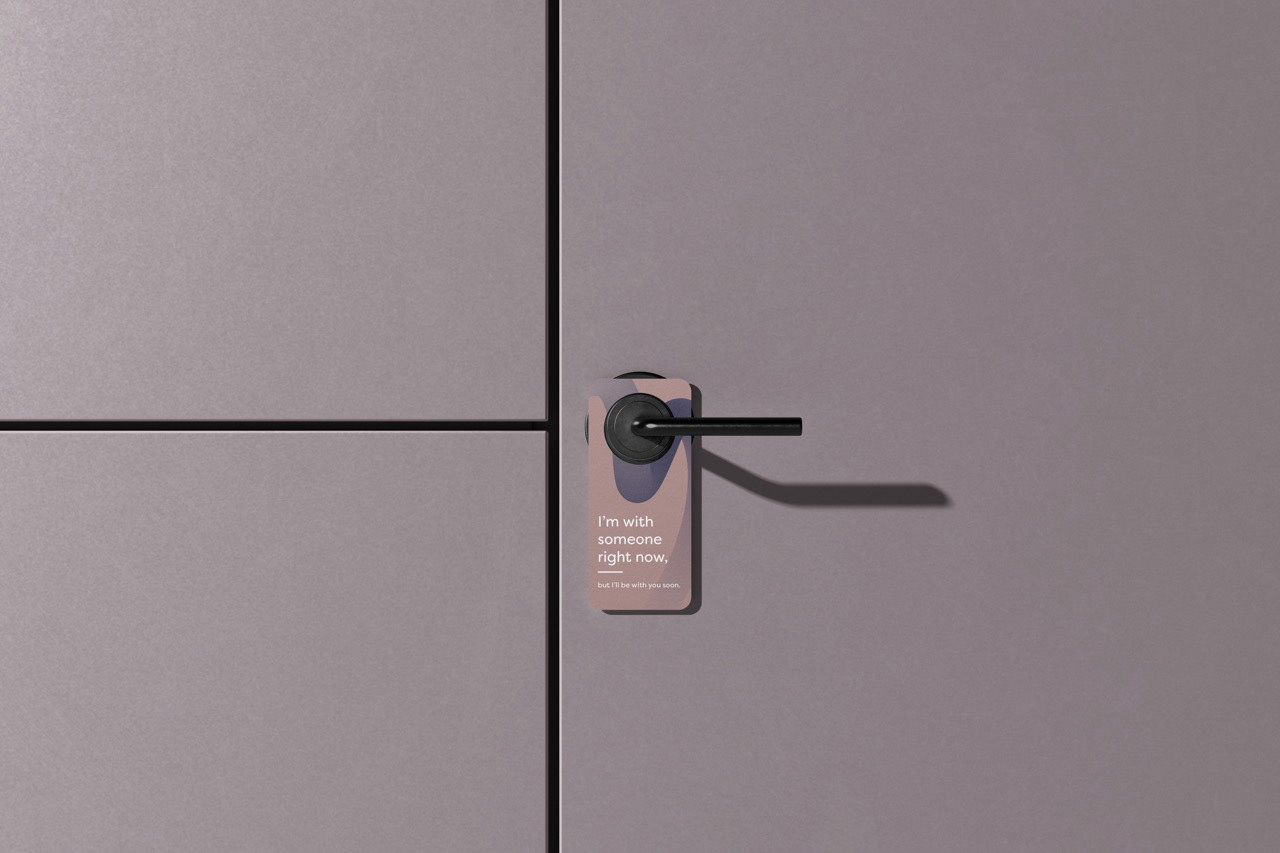
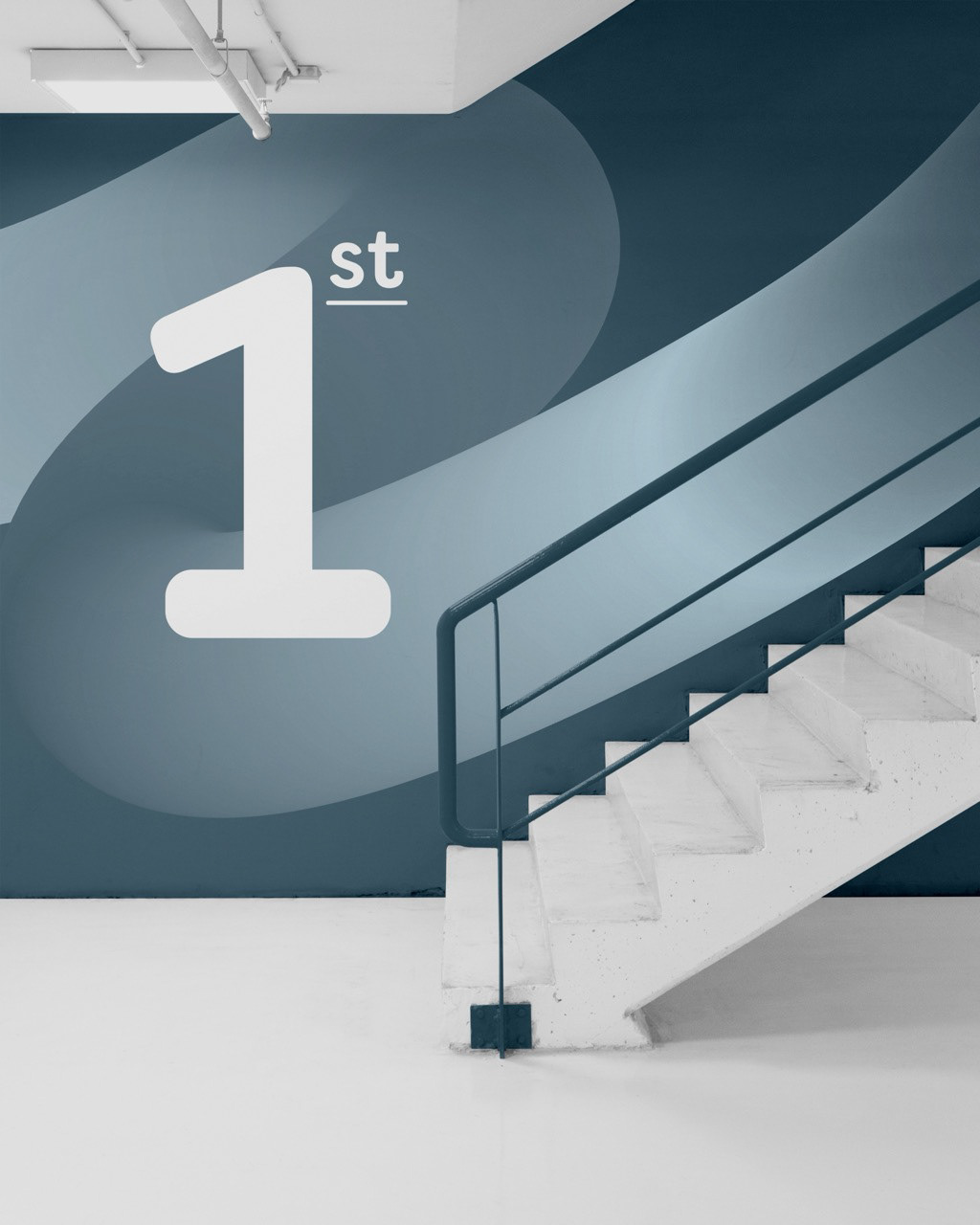
To this day, this project has been the most important in my life.
My life has been for the better in large part because of the older brother I was born with. I have forever been grateful to him and this project felt very much like a homecoming to me.
It's one that I will always refer back to and always keep my eye on, wishing for its continued success. Without people like Dr Gowling and Dr Hull, many adults would not come to better understand themselves, the way that my brother did as a child.
Client: The Space
Sector: Healthcare
Discipline: Brand Identity
Sector: Healthcare
Discipline: Brand Identity
Brand Strategy: Ya’Qub Mir, Gabi Duxbury, Jamie Kelly
Design Team: Ya’Qub Mir, Gabi Duxbury, Jamie Kelly
Placement: Studio Up North
Design Team: Ya’Qub Mir, Gabi Duxbury, Jamie Kelly
Placement: Studio Up North
